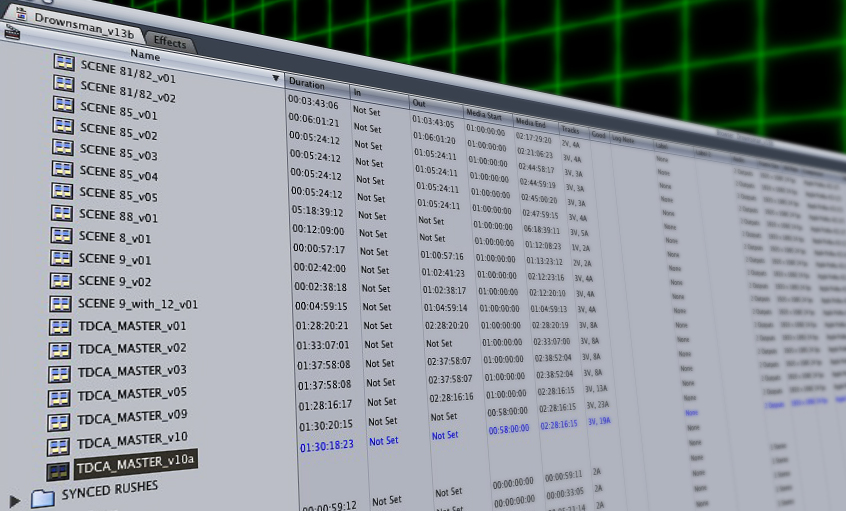Why I Refuse To Upgrade My Canon 60D
/This may be a bit ranty but I feel the need to express the feelings I have towards this incessant need for filmmakers to continuously crave the "best-of-the-best" cameras for their next project. And this will also justify my complete comfort in still using a Canon 60D (a cropped sensor model DSLR that was released a few years ago) as my go-to camera. When RED launched their camera it was all anybody could talk about. There were filmmakers were little experience and also clients with zero knowledge who were insisting that to shoot on anything but a RED camera was not only foolish, it automatically meant your movie was not going to be the best it could be.
The same effect was seen when DSLRs hit the scene, especially (and still to this day) with the Canon 5D Mk II or Mk III. When I arrived on set for a shoot recently with my 60D in hand, the other shooters who were armed with their 5D MkII full-frame cameras looked unimpressed and some even commented on my inability to get a full-frame camera.
If I could somehow post the video without singling out the people involved, I would happily challenge anyone to watch it and try to pick which angle was mine, the lone cropped-sensor camera amongst the full-frame big boys.
The school of thought that everything must be shot on the latest and greatest gear in order for it to be high quality goodness for the eyes and ears is ludicrous. Yes, there are amazing images captured on the RED, the Blackmagic and the Alexa. But does that mean that you can't shoot your picture on an inexpensive camera?
Ryan Connolly and the boys over at Film Riot proved this way of thinking wrong with a short film called Operation.
This tense short film was shot on an iPhone 4S. You can see how they achieved this from their BTS making-of video. The point of this example is that they pulled a high quality short film out of a smartphone.
Even on most features shot on RED it's not uncommon to see pick-up shots and second unit camera work being done with a DSLR (even a Rebel T2i, like a previous project I worked on). And it's very difficult to tell the difference between the two.
Long story short, when trying to choose a camera for your film it's not always smart to only settle for a high-end, Peter Jackson-level camera when you could just as easily be shooting with something more accessible. The focus shouldn't always be on the tool, rather than the artist wielding the tool. There are amazing movies shot on small cameras (smartphones, crop sensor DSLRs) and there are also really crappy movies shot on big cameras (RED, BM, Alexa). Whether you choose one over the other will not determine the outcome of your shoot. Only how you use it.
Will I shoot every project on my Canon 60D forever? Of course not. It is still important to keep up with technology as much as it is to stay well-practiced on technique. But only when the time is right and the wallet will allow.


